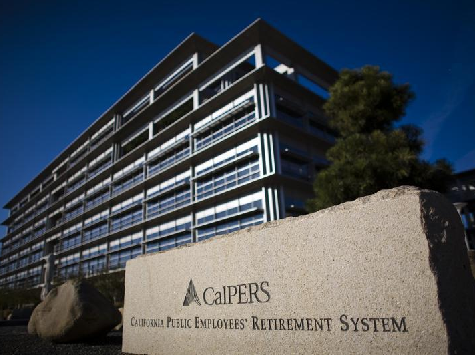
The California Public Employees Retirement System (CalPERS) filed a May Day brief in the 6th U.S. Circuit Court of Appeals saying that U.S. Bankruptcy Judge Steven Rhodes’ December ruling in the City of Detroit bankruptcy case was wrong to conclude pensions may be cut by a federal court, despite state constitutional protections. CalPERS believes the ruling threatens the financial basis for granting public employee pensions.
Detroit filed for Chapter 9 municipal bankruptcy protection in July of 2014, when the city missed payroll and payments on $18 billion in debt. The city says it doesn’t have the money to pay bondholders, retirees, and employees everything it owes them while still providing its 700,000 residents basic city services such as ambulances and streetlights.
It was the biggest municipal bankruptcy filing in U.S. history. In December, Judge Rhodes found that Detroit was eligible for bankruptcy protection and that it can try to cut public pensions, which city workers have said are protected by the Michigan Constitution.
The appeal is playing out as Detroit continues to reach settlements with creditors that could speed the city’s exit from bankruptcy court. Detroit has already reached deals with the pension funds, banks, unions, and other creditors, according to the Detroit News.
CalPERS, which is also involved in disputes with the bankrupt cities of San Bernardino and Stockton, said the decision of the federal judge in the Detroit case raises issues of critical importance to 1.7 million members of California public employee pension plans and $277.2 billion of investments.
In a brief filed Thursday in the 6th U.S. Circuit Court of Appeals, CalPERS joined Detroit’s pension funds in fighting Rhodes’ December ruling, saying it was “wrong on several levels.” CalPERS’ lawyer Michael Ryan wrote: “Congress did not envision that Chapter 9 would become a haven for municipalities that seek to ignore and break State laws and constitutional provisions in order to adjust their debts.”
Ryan added that if a municipality in bankruptcy is allowed to break state laws and ignore its obligations to the pension system, it “may threaten the actuarial soundness of the system as a whole.”
In a separate filing, the National Conference on Public Employee Retirement System and the Texas Association of Public Employee Retirement Systems argued that Detroit’s bankruptcy case could jeopardize the financial security of pension plans, create uncertainty in the nation’s financial markets, and risk the retirement benefits of public employees.
James Thompson, as their lawyer, wrote that Detroit’s bankruptcy threatens to “open the floodgates for municipalities across the country to misuse the federal bankruptcy process to avoid state constitutional guarantees whenever difficult issues arise in their budgetary processes.”
The national group represents more than 500 governmental pension funds that hold more than $2 trillion of invested assets. The Texas system represents more than 300,000 active and retired workers and has more than $22 billion in assets.
The Detroit pension funds have made arguments similar to those that CalPERS raised in litigation with San Bernardino over that city’s bankruptcy. The pension funds have said that the cities failed to negotiate in good faith with creditors before seeking bankruptcy court protection. Representatives of Kevyn Orr, Detroit’s emergency financial manager, didn’t immediately respond to an e-mail seeking comment on the CalPERS filing.
The appeal litigation is: In re Police and Fire Retirement System of the City of Detroit v. City of Detroit, 14-1208, U.S. Court of Appeals for the Sixth Circuit.

COMMENTS
Please let us know if you're having issues with commenting.